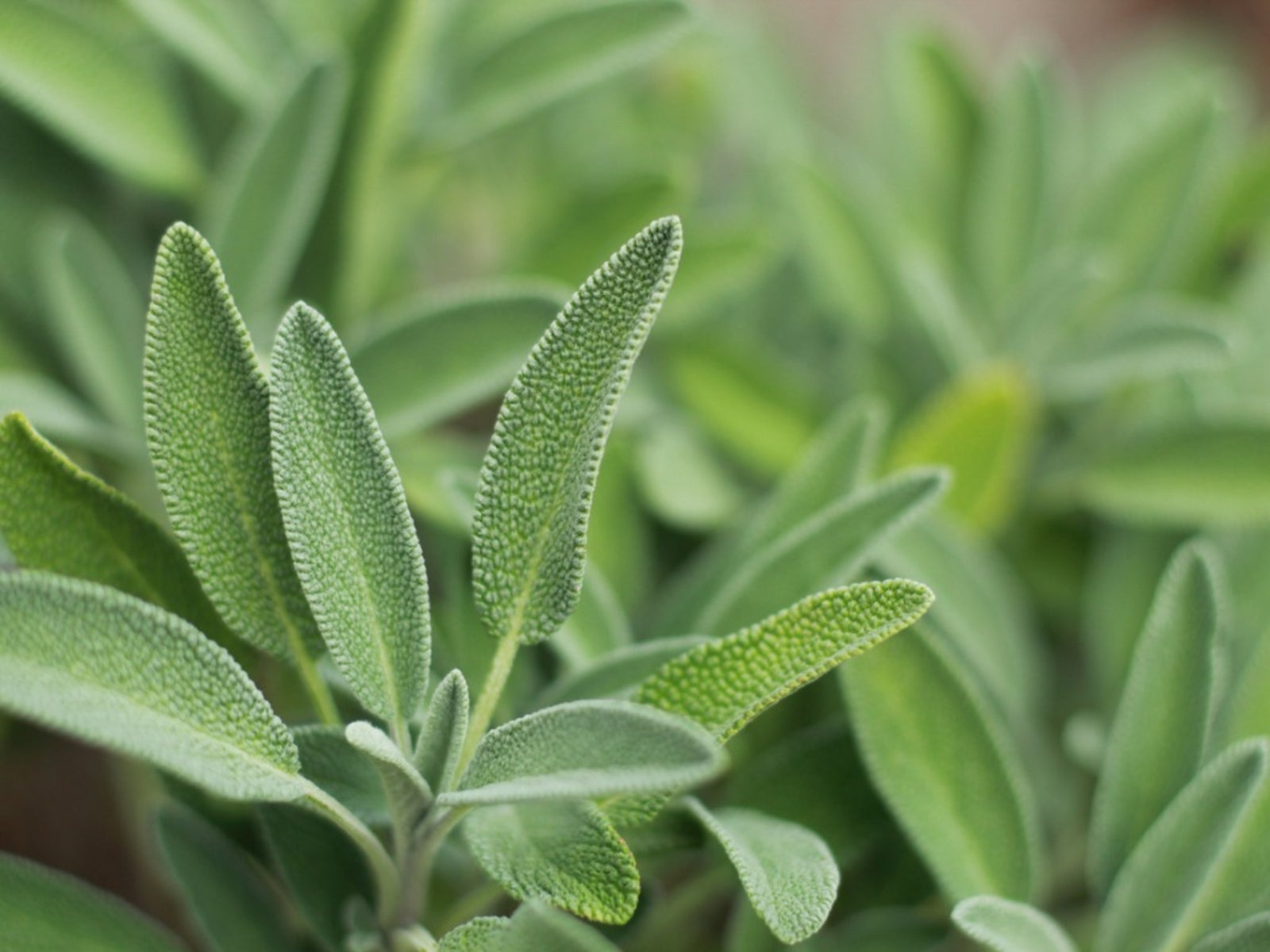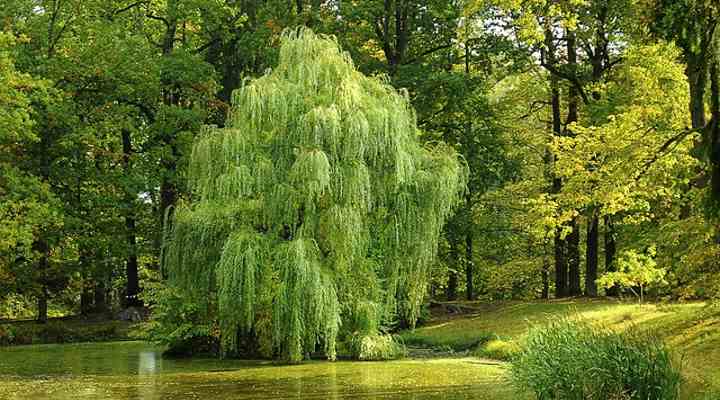How To Grow And Care For A Sweet Bay Tree Plant
The bay leaf plant, also known as Laurus nobilis, is a popular plant among many gardeners due to its ability to add flavor in dishes to make them more savory. The plant is native to the Mediterranean region and can grow up to 30 feet tall in the right conditions. If you are interested in growing your own bay leaf plant, here are some tips on how to care for it and keep it healthy.

Plant Attributes
The bay leaf plant is a versatile plant that grows well in warm and humid climates. It thrives in well-drained soil, and it is best to plant it in the spring when the soil is warm enough. The plant has large, green leaves that are often used in cooking, and it bears small, yellow flowers in the late spring to early summer.
The plant has a slow-growing habit and can take several years to reach maturity. However, once the plant is mature, it can grow very quickly and can reach up to 30 feet tall in the right conditions. The bay leaf plant is also known for its highly fragrant leaves, which release a pleasant aroma when crushed or used in cooking.
Plant Care
Caring for your bay leaf plant is relatively straightforward, as long as you follow a few basic guidelines. Here are some tips on how to care for your plant:
- Water the plant regularly, but be careful not to overwater it, as this can cause root rot.
- Keep the plant in a warm and humid environment, as it prefers a tropical climate.
- Prune the plant regularly to keep it at a manageable size and to encourage new growth.
- Feed the plant with a balanced fertilizer every six months to help it grow healthy and strong.
Pruning
Pruning your bay leaf plant is essential to keep it at a manageable size and to promote new growth. You should prune the plant in the late winter to early spring before new growth begins. Here are some tips on how to prune your plant:
- Use sharp and clean pruning shears to avoid damaging the plant.
- Remove any dead, damaged, or diseased branches first.
- Trim back any branches that are growing in the wrong direction or are crossing over each other.
- Remove any suckers or small shoots that are growing from the base of the plant.
- Trim the top of the plant to control its height.
Propagation
If you want to propagate your own bay leaf plant, there are a few methods you can use. You can take cuttings from a mature plant or propagate it from seeds. Here are some tips on how to propagate your plant:
- Take a cutting of about 4-6 inches long from a mature plant.
- Remove the lower leaves and dip the end of the cutting in rooting hormone.
- Plant the cutting in moist soil and cover it with a plastic bag to create a humid environment.
- Water the plant regularly and keep it in a warm and well-lit area.
- Wait until new growth appears before transplanting the cutting into a larger pot or into the garden.
Potting & Repotting
If you plan to keep your bay leaf plant in a pot, it is essential to choose the right size pot and to repot it when it outgrows its container. Here are some tips on potting and repotting your plant:
- Choose a pot that is at least twice the size of the plant's root ball.
- Fill the pot with well-drained soil and make sure it has plenty of drainage holes.
- Water the plant well before transplanting it into the new pot.
- Carefully remove the plant from its old pot and gently loosen the roots.
- Place the plant into the new pot and fill it with soil, making sure to cover the roots completely.
- Water the plant well and keep it in a warm and well-lit area until it adjusts to its new pot.
Common Pests & Plant Disease
The bay leaf plant is generally a hardy plant that is resistant to many pests and diseases. However, there are a few problems that you may encounter when growing your plant. Here are some common pests and diseases that affect the bay leaf plant:
- Whiteflies: These tiny insects are common pests that feed on the sap of the plant, causing yellowing and stunted growth. To control them, use a horticultural oil or insecticidal soap.
- Powdery Mildew: This fungal disease causes a white or gray powdery coating on the leaves, and it can be controlled with a fungicide spray.
- Root Rot: This disease is caused by overwatering and poor drainage and can cause the plant to wilt and die. To prevent root rot, make sure your plant is in well-drained soil and do not overwater it.
Common Problems
There are a few problems that you may encounter when growing your bay leaf plant. Here are some common problems and their solutions:
- Yellow or Brown Leaves: If your plant's leaves are turning yellow or brown, it is likely due to under or overwatering. Make sure your plant is getting the right amount of water, and adjust your watering schedule accordingly.
- Wilting: If your plant is wilting, it may be due to overwatering or root rot. Check the soil and adjust your watering schedule if necessary.
- Loss of Leaves: If your plant is losing leaves, it may be due to stress, such as being exposed to cold temperatures or too much direct sunlight. Move your plant to a warmer, less sunny location.
In conclusion, the bay leaf plant is a versatile and popular plant among many gardeners. With proper care and attention, you can grow your own bay leaf plant and enjoy the delicious flavor and fragrance it provides.




Post a Comment for "How To Grow And Care For A Sweet Bay Tree Plant"